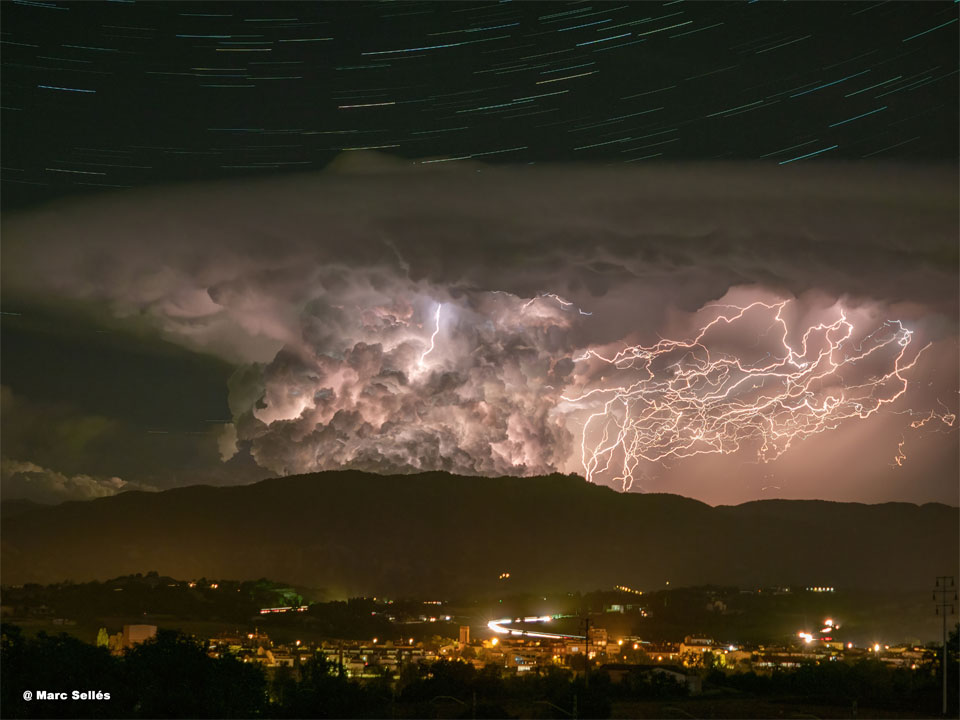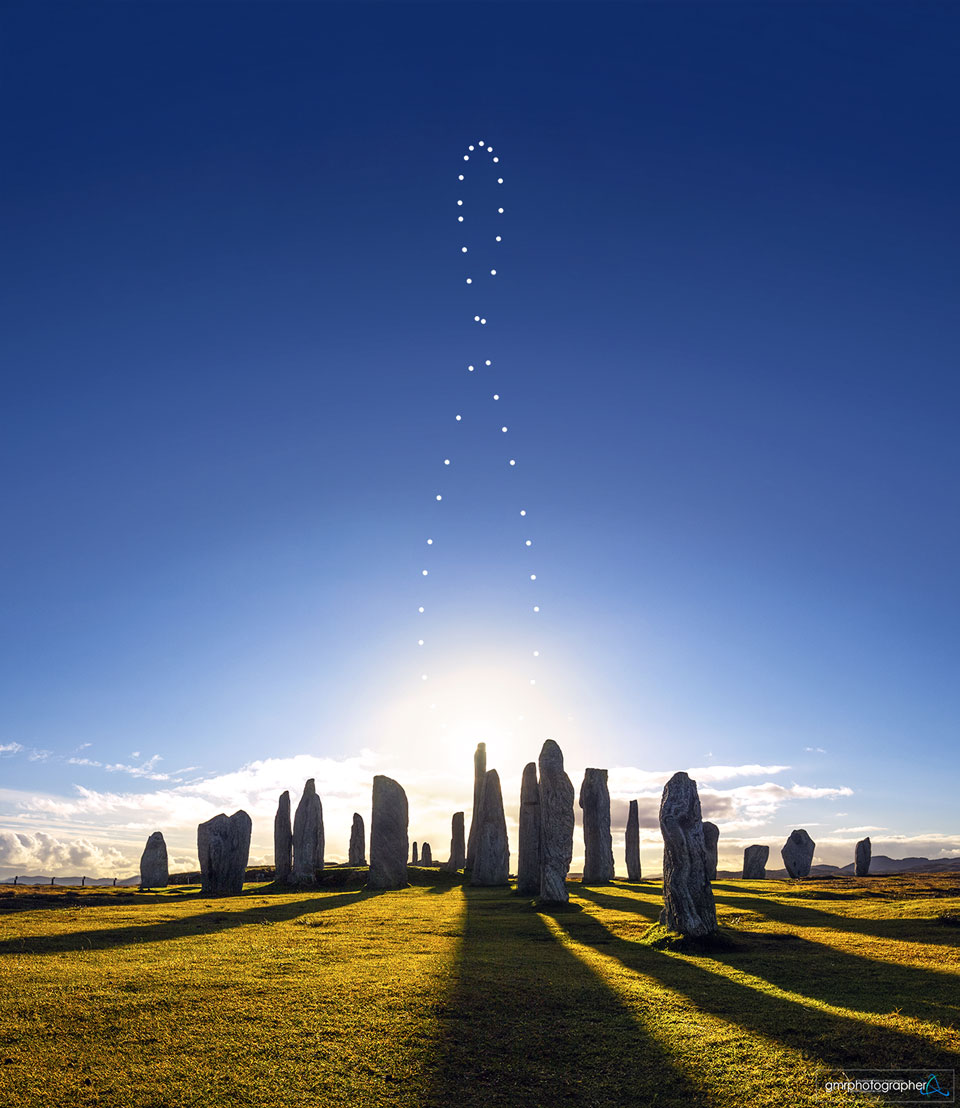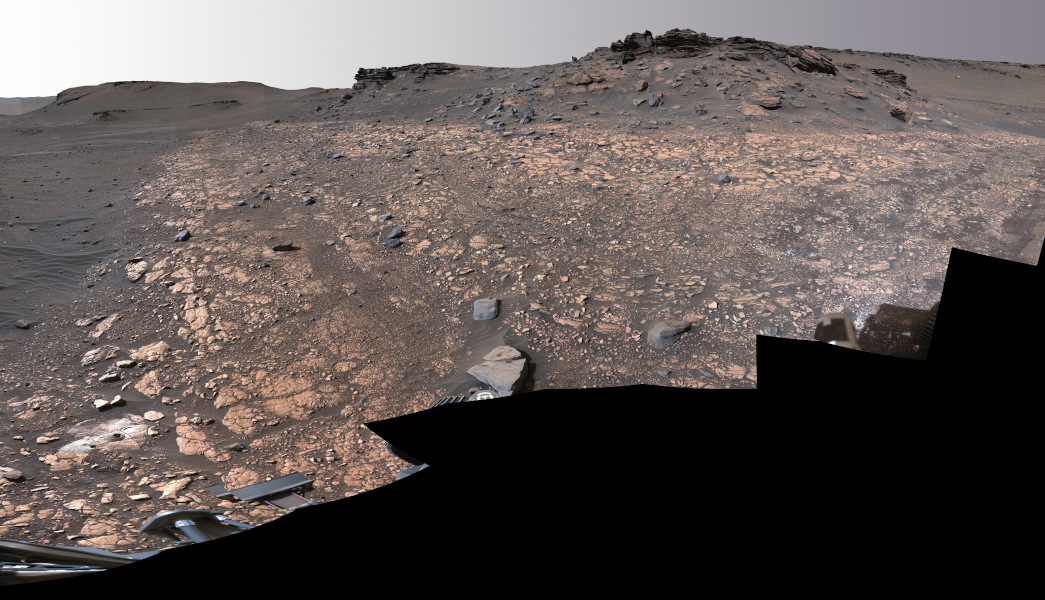NASA astronaut Frank Rubio and two cosmonauts arrived at the International Space Station Wednesday, bringing its number of residents to 10 for the coming week.
from NASA https://ift.tt/EP7jS23
via IFTTT
NASA astronaut Frank Rubio and two cosmonauts arrived at the International Space Station Wednesday, bringing its number of residents to 10 for the coming week.
from NASA https://ift.tt/EP7jS23
via IFTTT
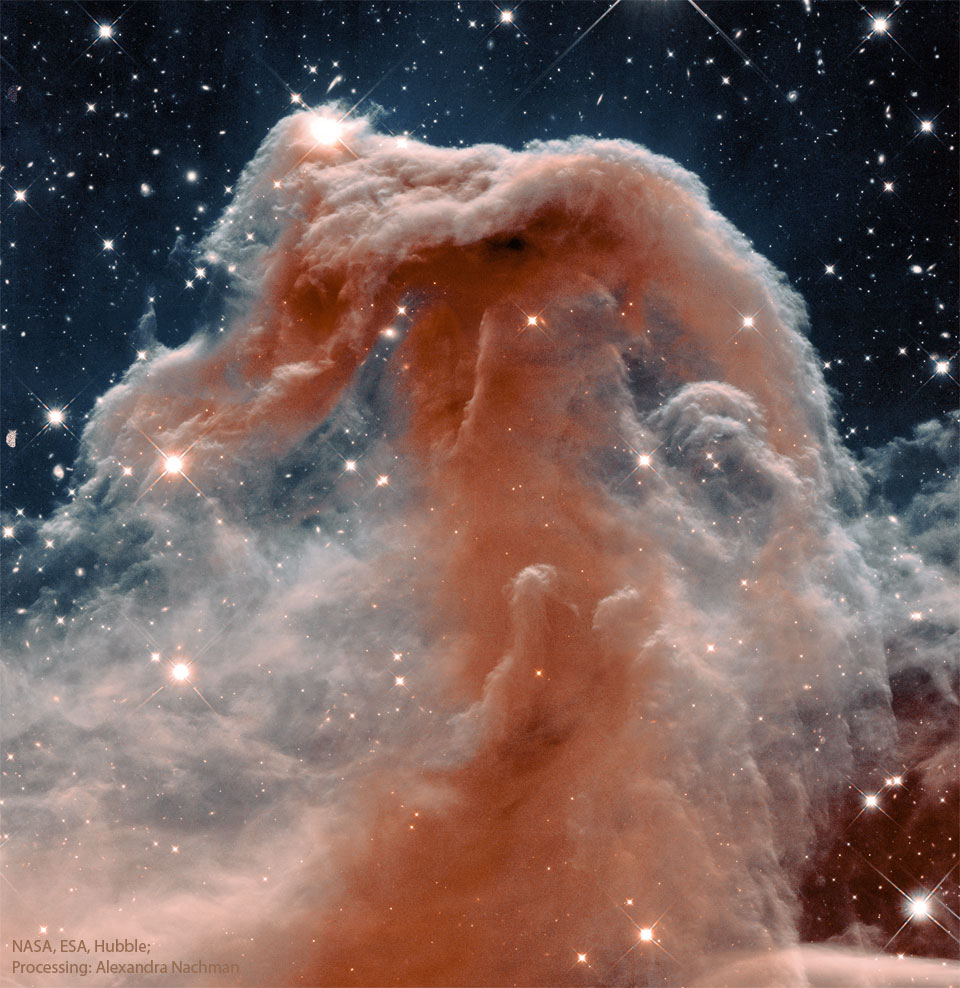
NASA Releases Revised Moon to Mars Objectives
from NASA https://ift.tt/kyAVWpq
via IFTTT
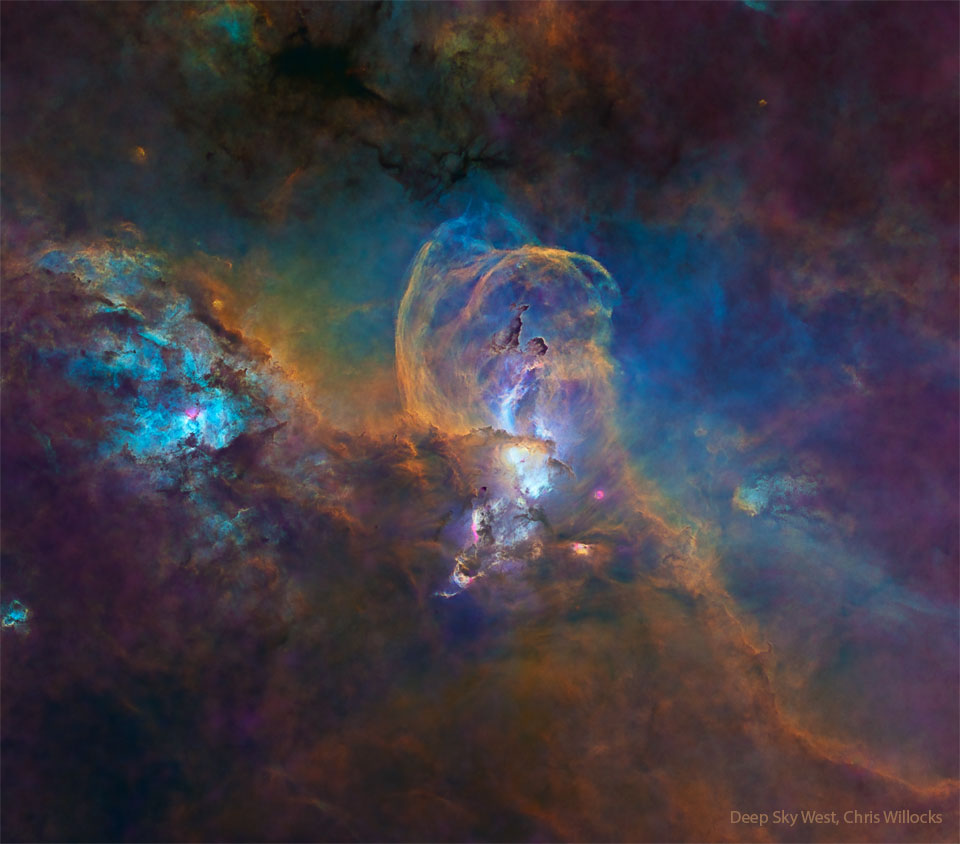
La NASA ofrecerá cobertura en directo el miércoles 21 de septiembre de los principales acontecimientos del lanzamiento y acoplamiento de una misión con un astronauta de la NASA y dos cosmonautas a la Estación Espacial Internacional.
from NASA https://ift.tt/G6P8ruO
via IFTTT
Houston area students will have an opportunity this week to hear from NASA astronauts aboard the International Space Station.
from NASA https://ift.tt/vQ96mwW
via IFTTT

